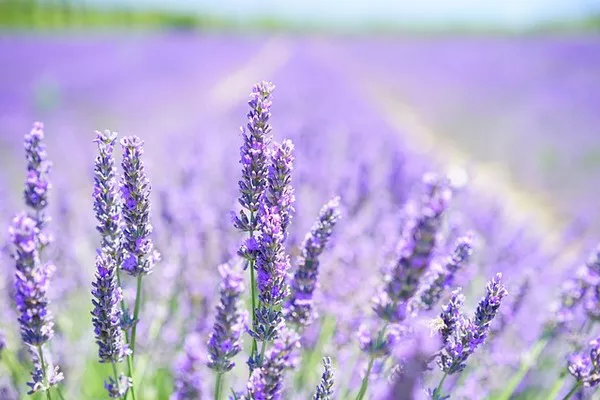In the delicate dance of pollination, bees play a crucial role in maintaining the balance of our ecosystems. As pollinators, they contribute to the reproduction of many plants, including a variety of crops essential to our food supply. However, the global bee population has faced challenges in recent years, making it more important than ever to create environments that support their well-being. One way to contribute to this cause is by cultivating gardens filled with flowers that provide sustenance and habitat for these essential insects. In this article, we’ll explore the world of bee-friendly flowers and discover why planting them is not only a joy for gardeners but also a crucial step in preserving biodiversity.
The Importance of Bees:
Before delving into the specific flowers that attract and nourish bees, it’s essential to understand the vital role these pollinators play in our ecosystem. Bees are responsible for pollinating a significant portion of the world’s flowering plants, including many fruits, vegetables, and nuts. This process is integral to the reproduction of these plants, ensuring genetic diversity and the production of seeds and fruits. In fact, it is estimated that one-third of the food we consume is dependent on pollinators like bees.
Unfortunately, bee populations worldwide have faced numerous challenges, including habitat loss, pesticide exposure, and climate change. By planting bee-friendly flowers, individuals can contribute to creating havens for these essential insects, providing them with the resources they need to thrive.
Characteristics of Bee-Friendly Flowers:
Bee-friendly flowers possess specific characteristics that make them attractive and beneficial to bees. Understanding these traits can guide gardeners in selecting the right plants to support pollinators effectively:
Rich in Nectar and Pollen: Bee-friendly flowers are rich in nectar and pollen, serving as a valuable food source for bees. Nectar provides energy, while pollen is a crucial protein source. Look for flowers with accessible nectar and ample pollen production to cater to the nutritional needs of bees.
Color and Shape: Bees are particularly attracted to flowers with bright colors, especially shades of blue, purple, and yellow. Additionally, flowers with tubular shapes or open structures make it easier for bees to access nectar and pollen.
Successive Blooming: A bee-friendly garden should ideally feature flowers that bloom at different times throughout the growing season. This ensures a continuous supply of food for bees, especially during periods when fewer plants are flowering.
Native Plants: Native plants are well-adapted to the local climate and soil conditions, making them resilient and suitable for supporting local bee species. Including native flowers in your garden can contribute to the overall health of regional bee populations.
See Also: How To Grow Marigold From Dried Flowers?A Comprehensive Guide
Top Bee-Friendly Flowers:
Now that we understand the characteristics that make a flower appealing to bees, let’s explore some top choices for creating a bee-friendly garden:
Lavender (Lavandula): Lavender is not only prized for its fragrant blooms but also for its abundant nectar. Bees, especially honeybees and bumblebees, are drawn to its vibrant purple flowers. Planting lavender in your garden provides bees with a long-lasting source of nectar.
Sunflowers (Helianthus): Sunflowers are iconic, and their large, vibrant heads contain copious amounts of pollen and nectar. These towering blooms are particularly attractive to a variety of bee species, including solitary bees and bumblebees.
Bee Balm (Monarda): Aptly named, bee balm is a favorite among bees. Its tubular flowers, available in shades of red, pink, and purple, provide easy access to nectar. Additionally, the aromatic foliage of bee balm can serve as a refuge for bees during inclement weather.
Coneflowers (Echinacea): Coneflowers, with their striking daisy-like blooms, are not only visually appealing but also a magnet for bees. These hardy perennials offer an extended blooming period, ensuring a steady supply of nectar.
Wild Bergamot (Monarda fistulosa): Also known as wild bee balm, this native plant boasts lavender-pink flowers that attract various bee species. Wild bergamot is an excellent choice for those seeking to support local ecosystems and enhance the biodiversity of their gardens.
Conclusion:
Creating a bee-friendly garden is a rewarding endeavor that goes beyond the beauty of blooming flowers. By selecting and cultivating plants that cater to the needs of bees, we contribute to the preservation of these essential pollinators and, in turn, the health of our ecosystems. Whether you have a small balcony or a sprawling backyard, every garden can become a haven for bees. As we embrace the joy of gardening, let’s also embrace our responsibility to safeguard the intricate web of life, one bloom at a time.


